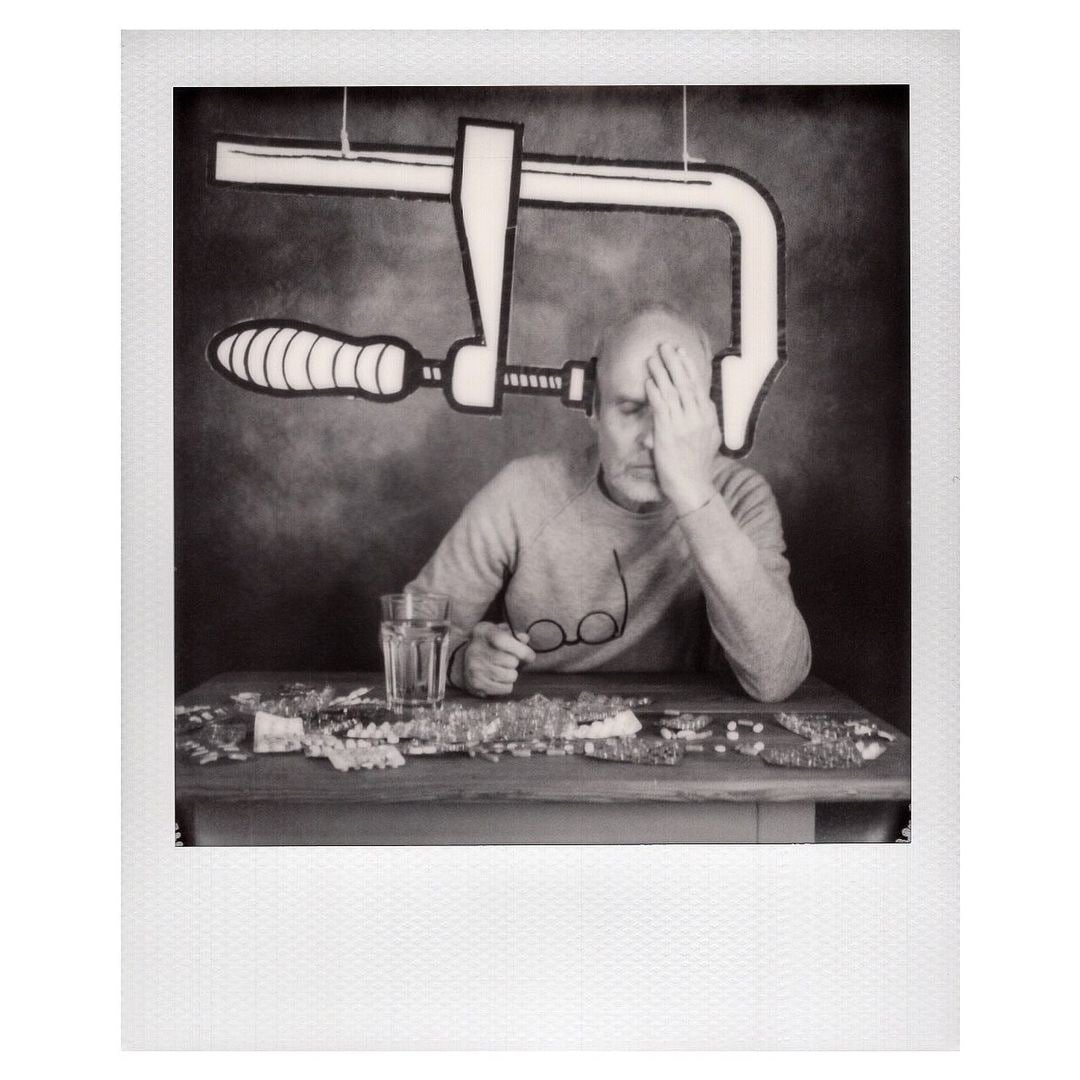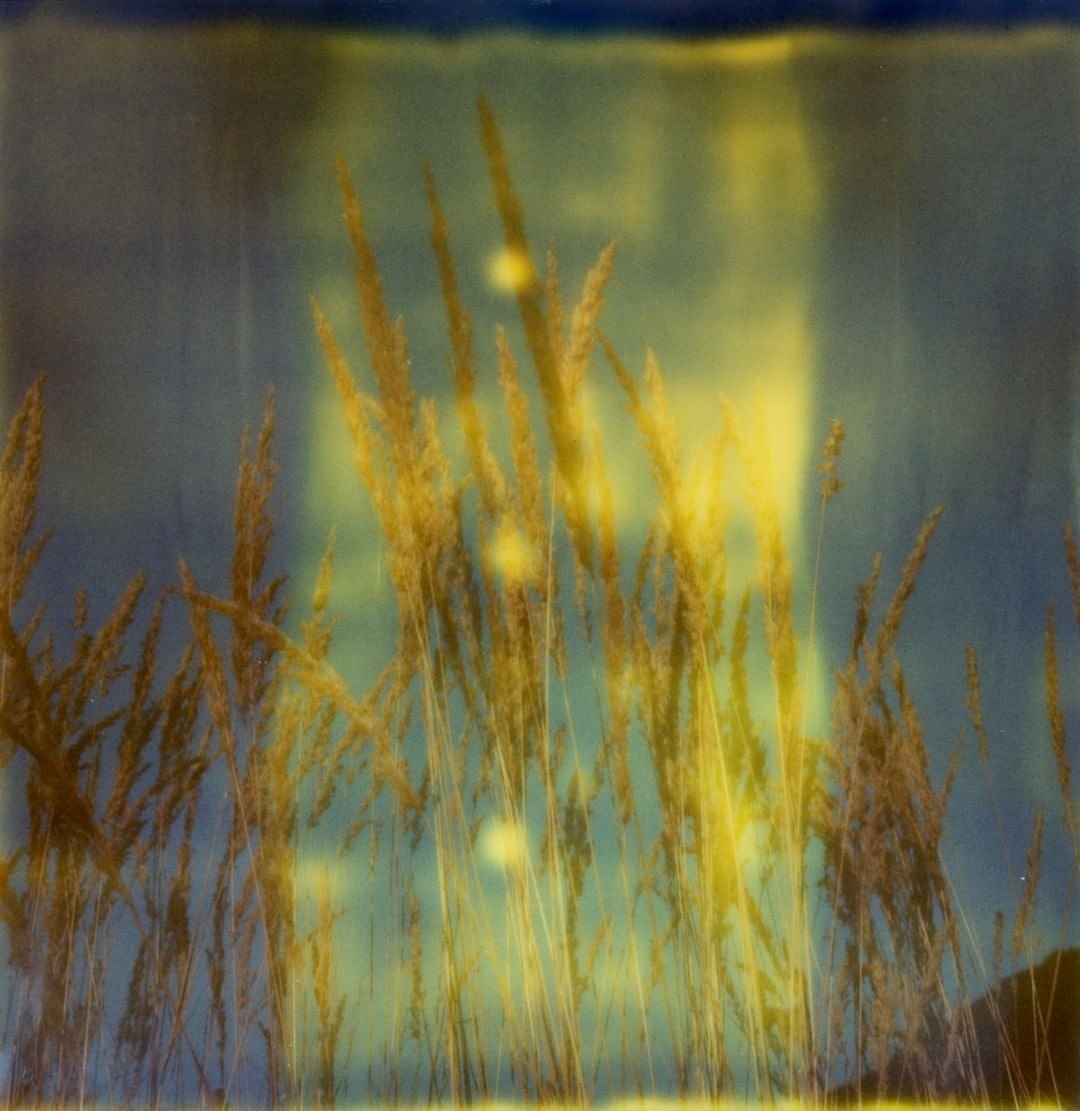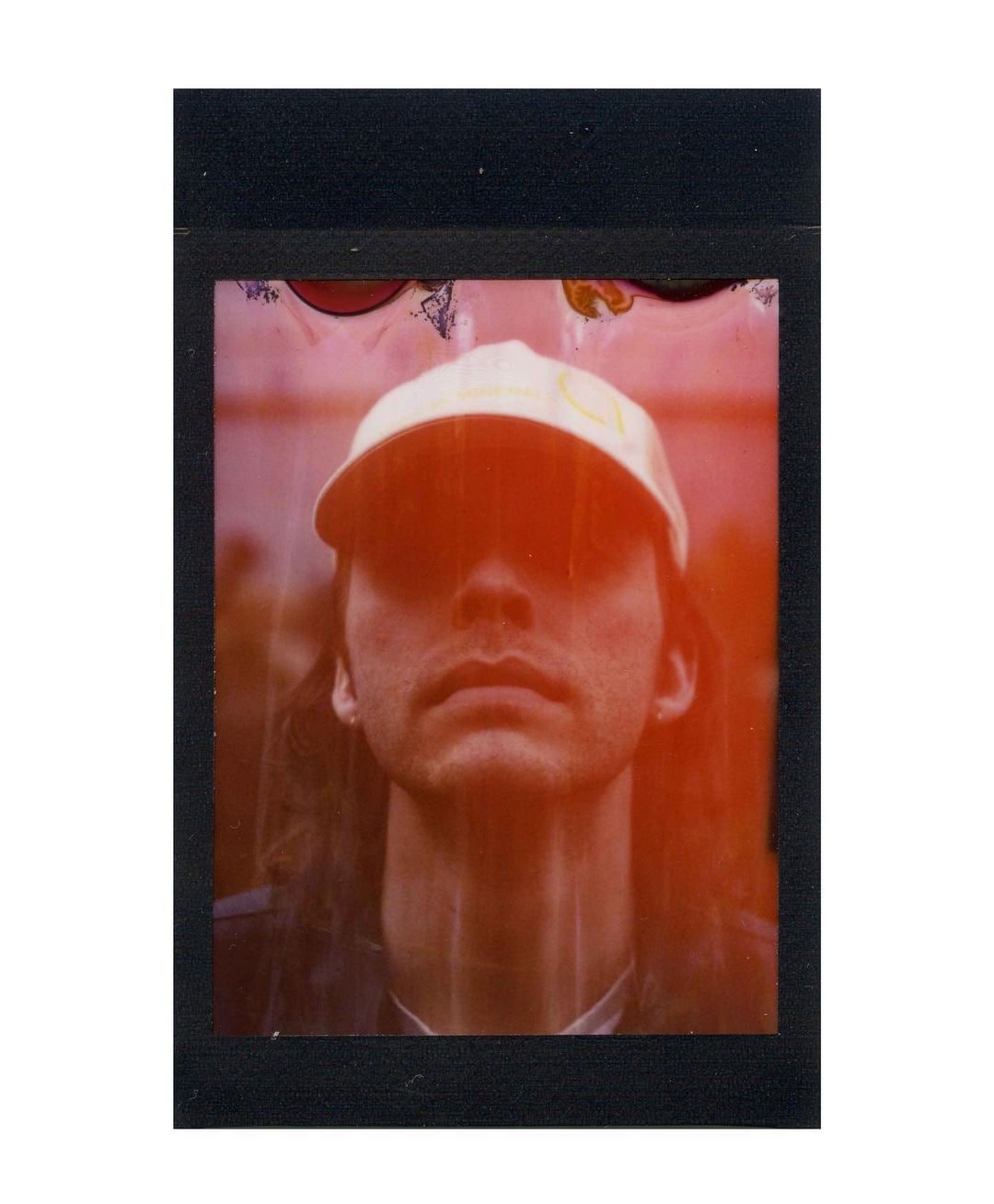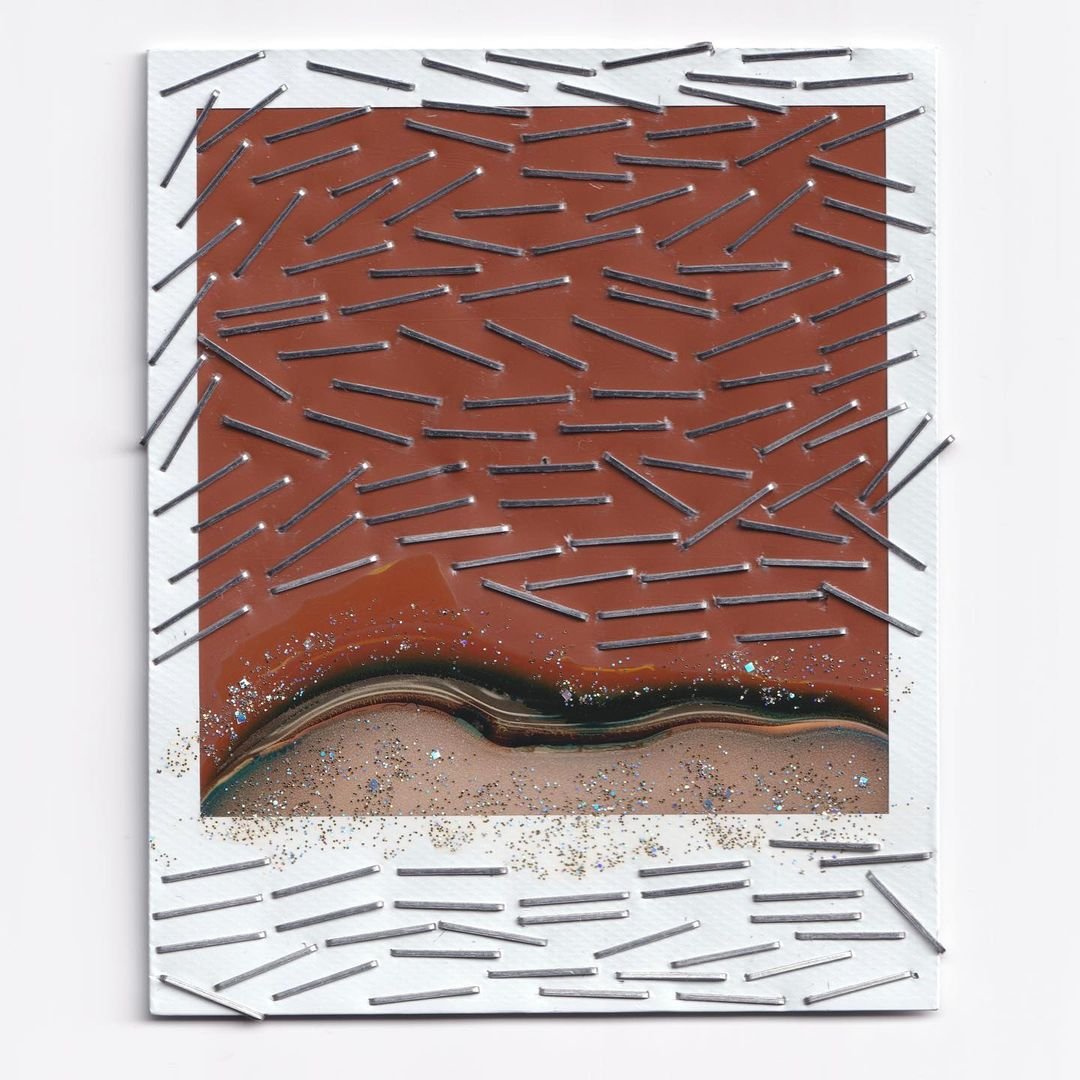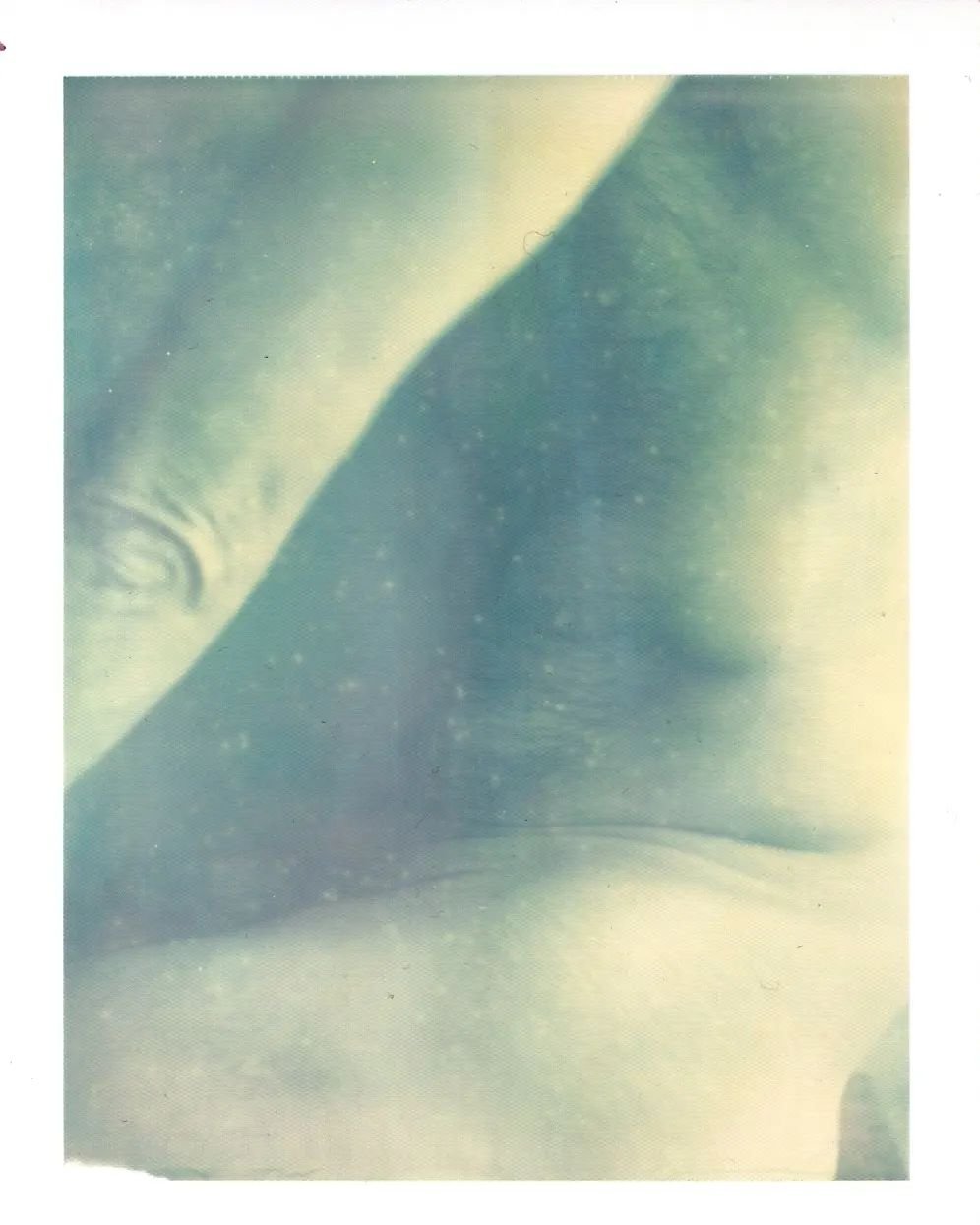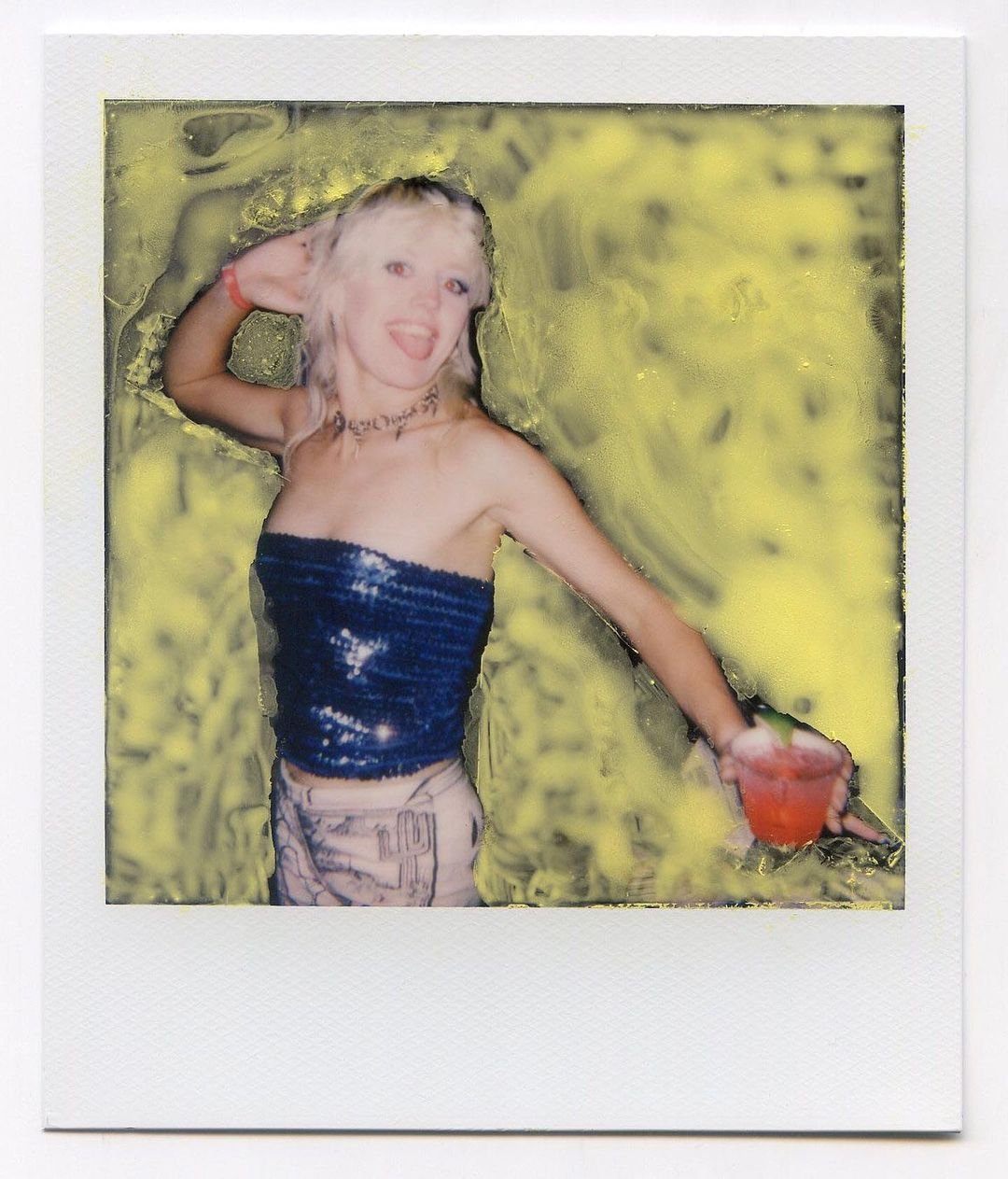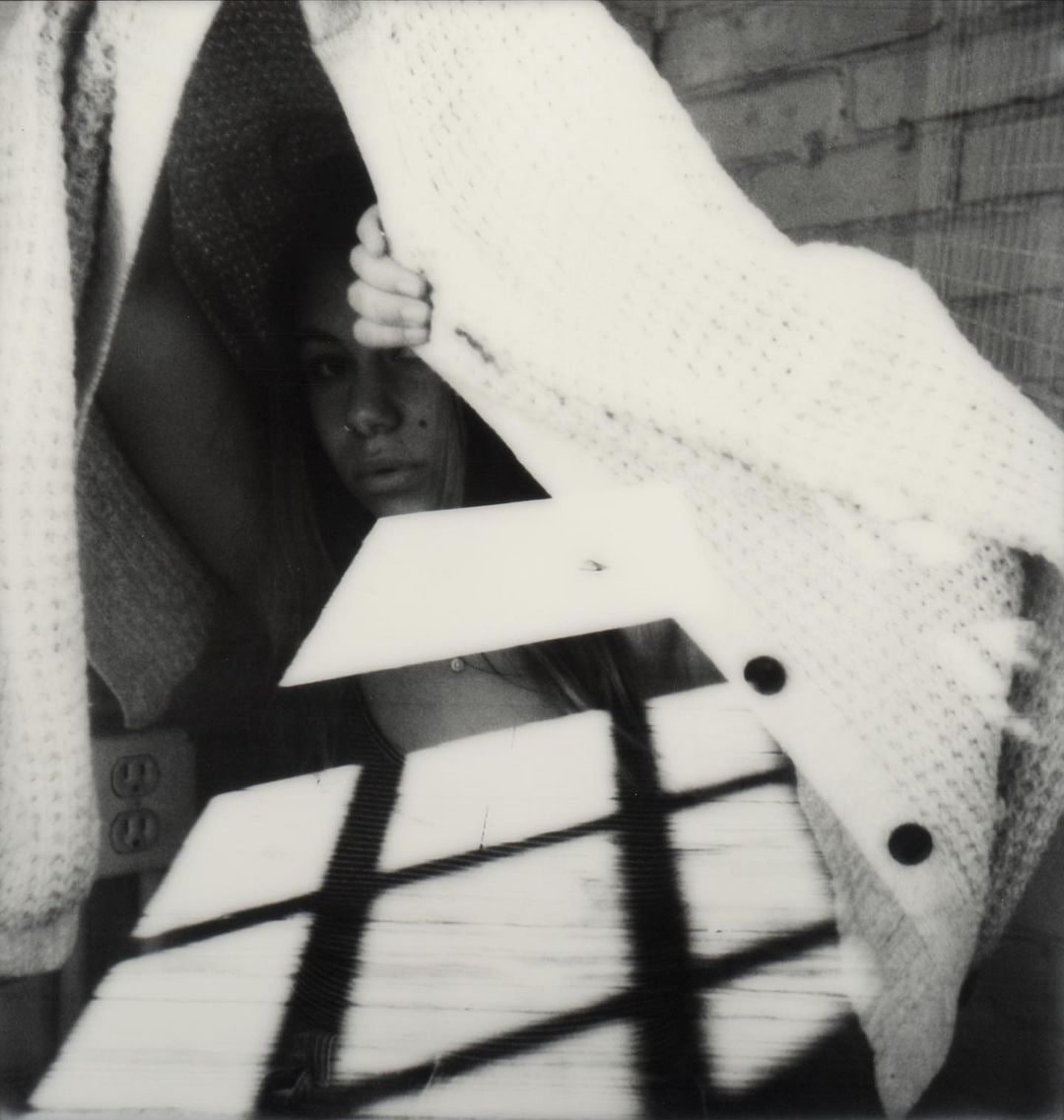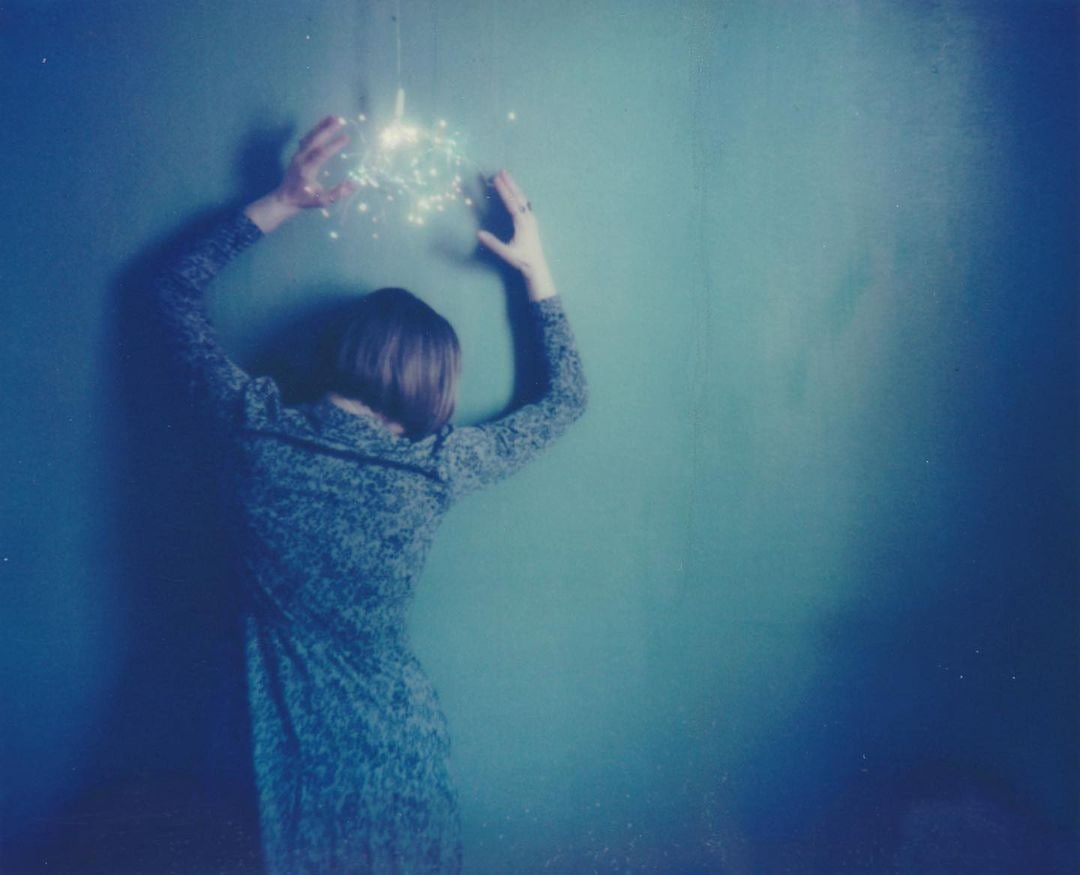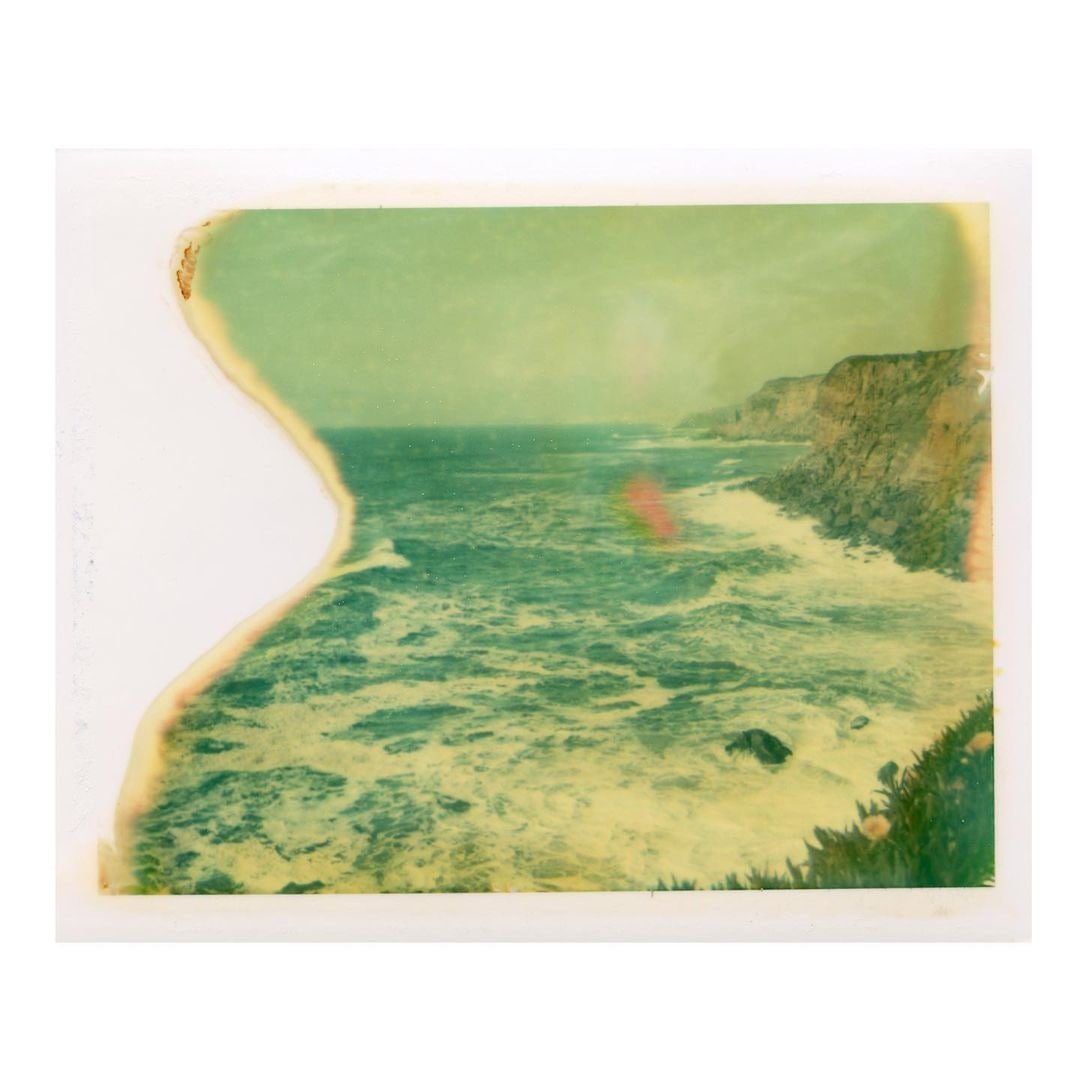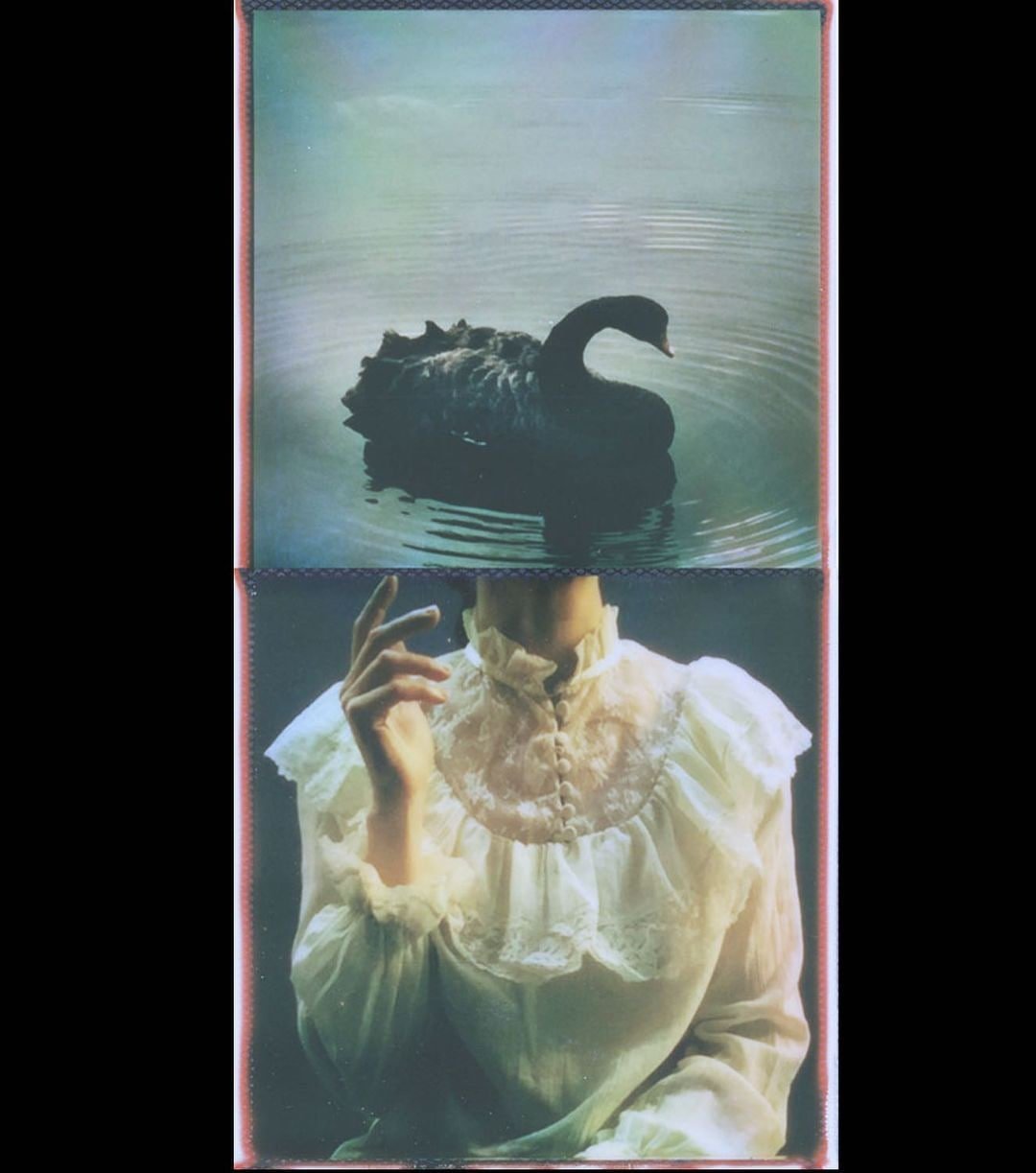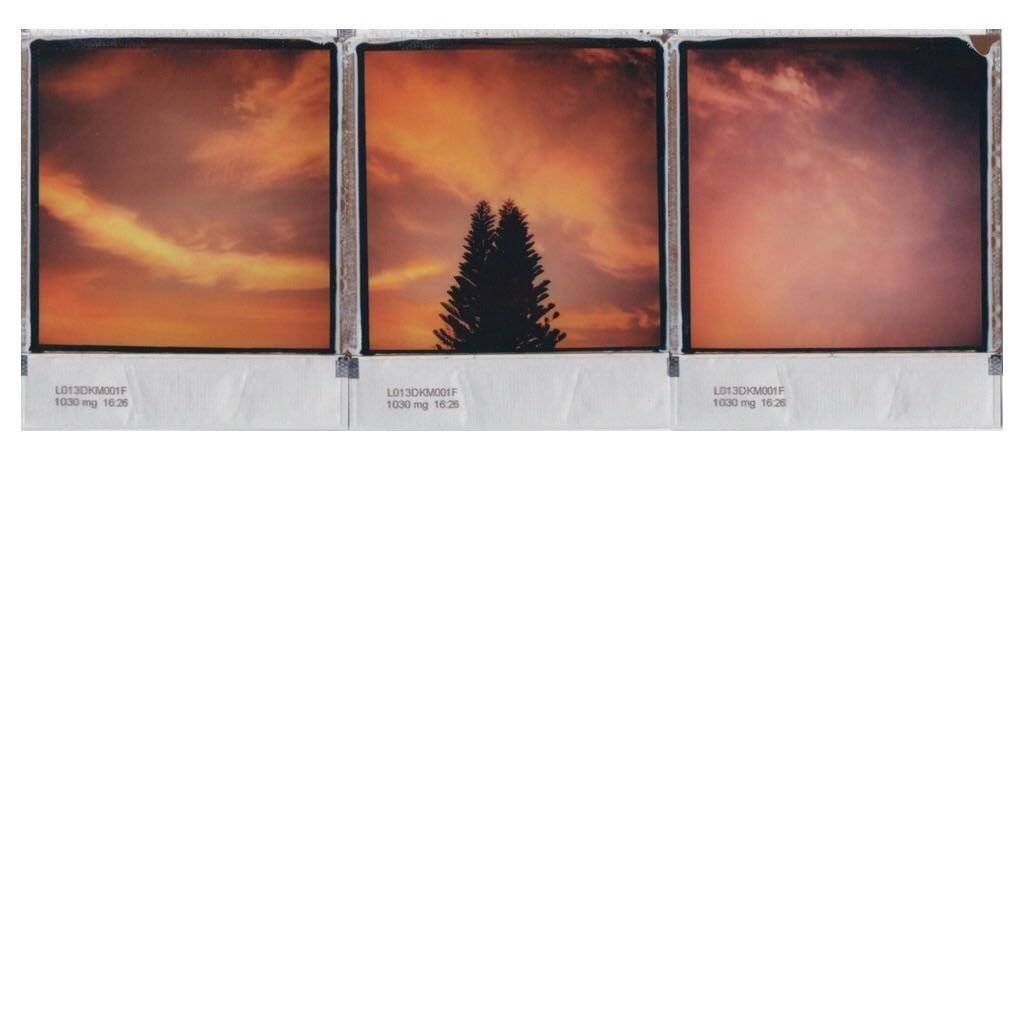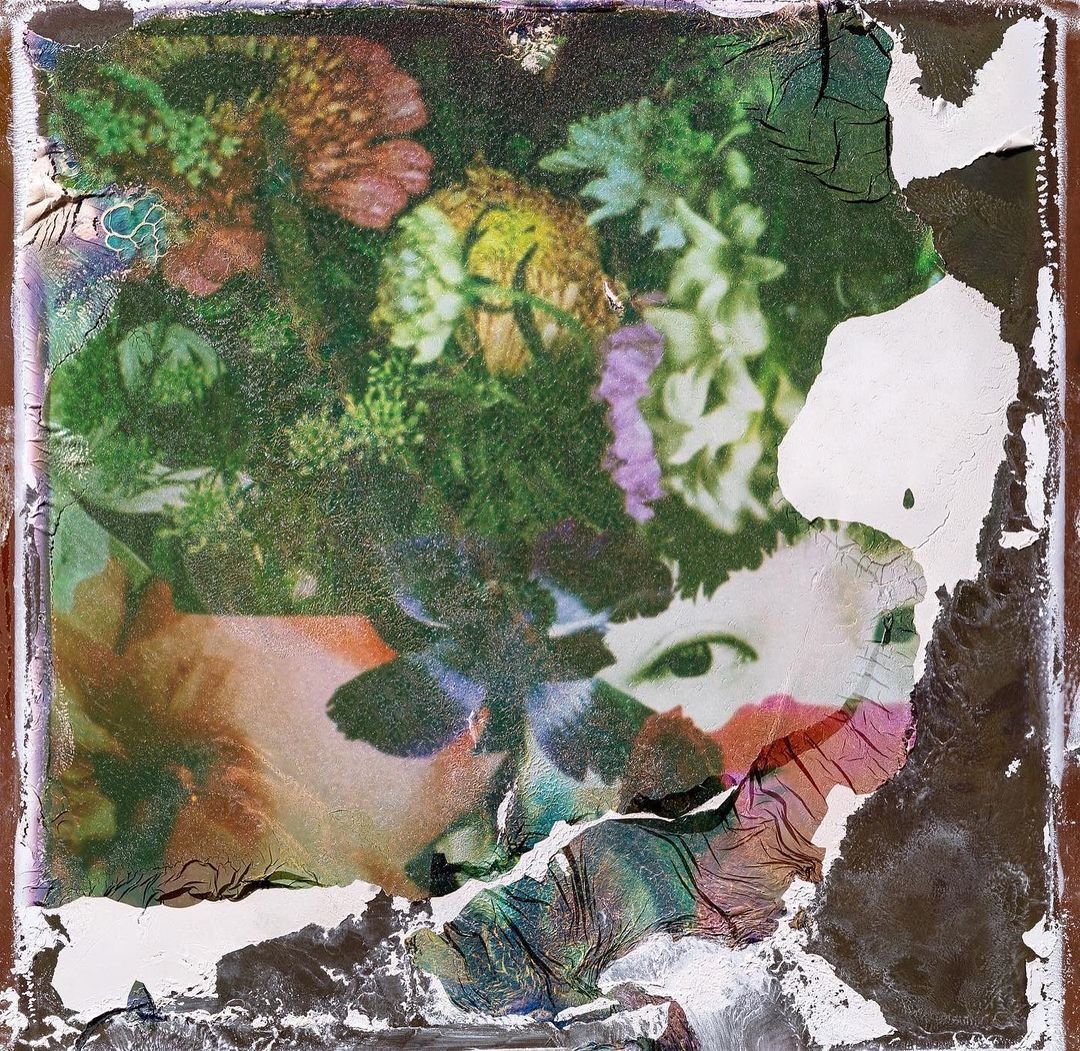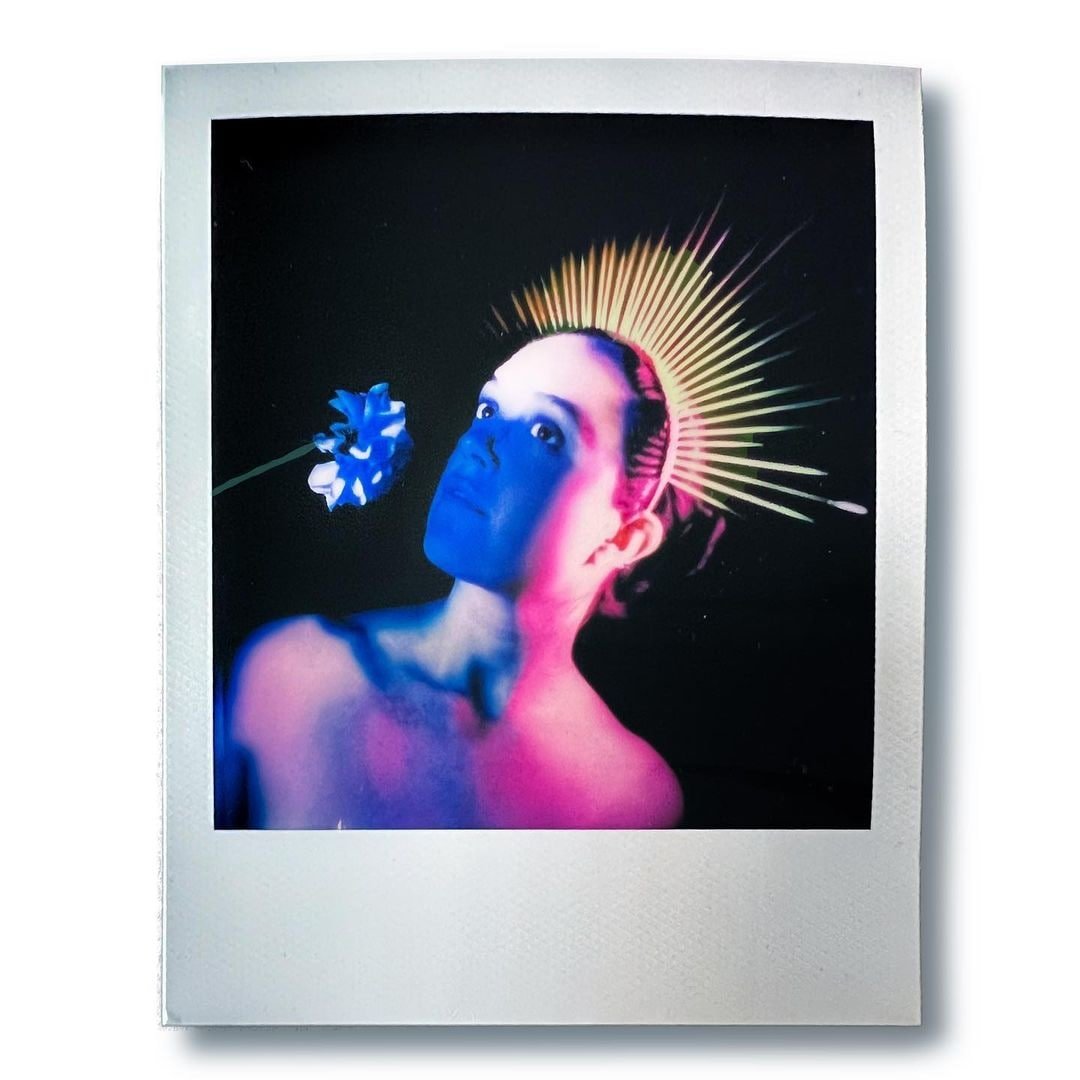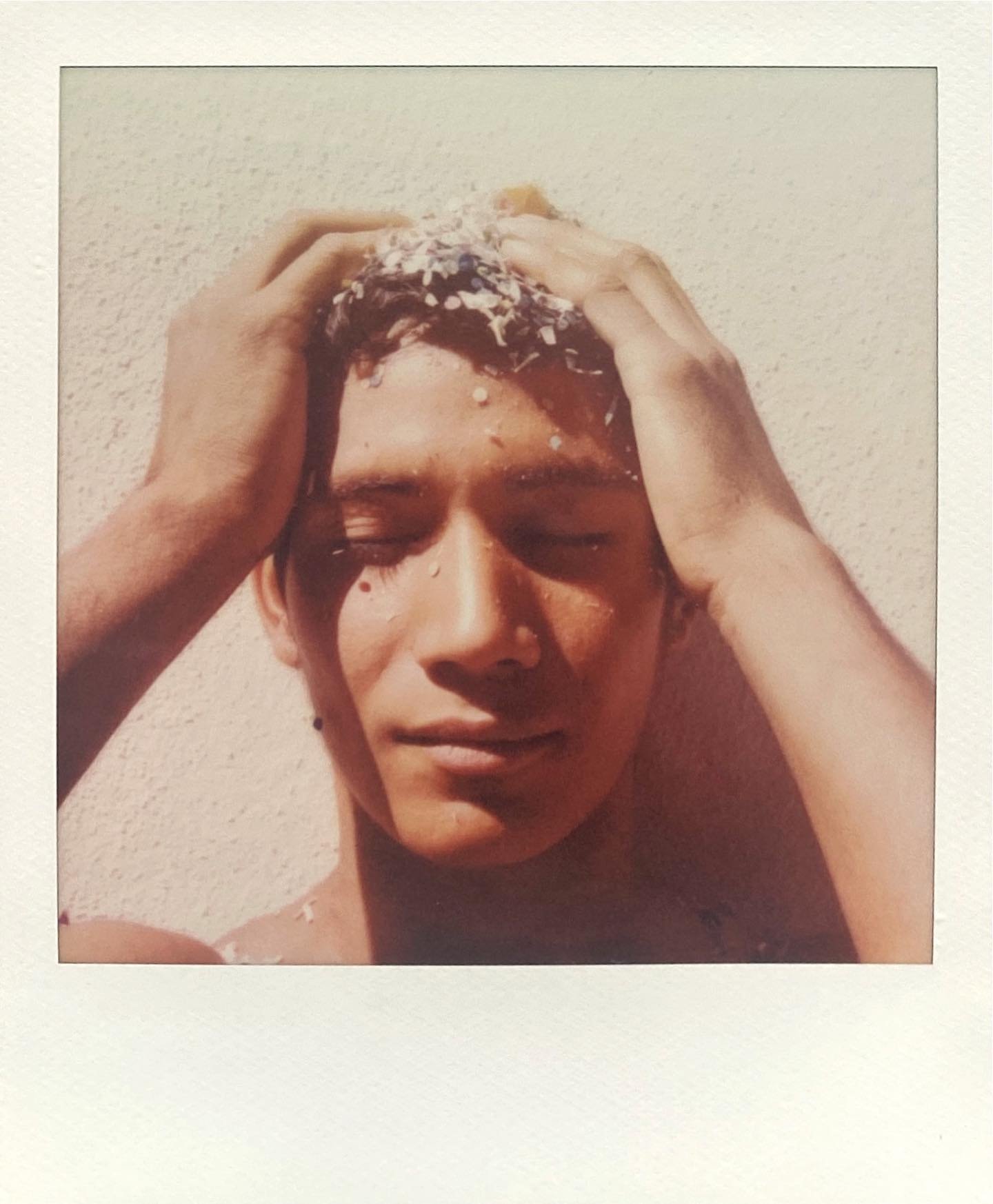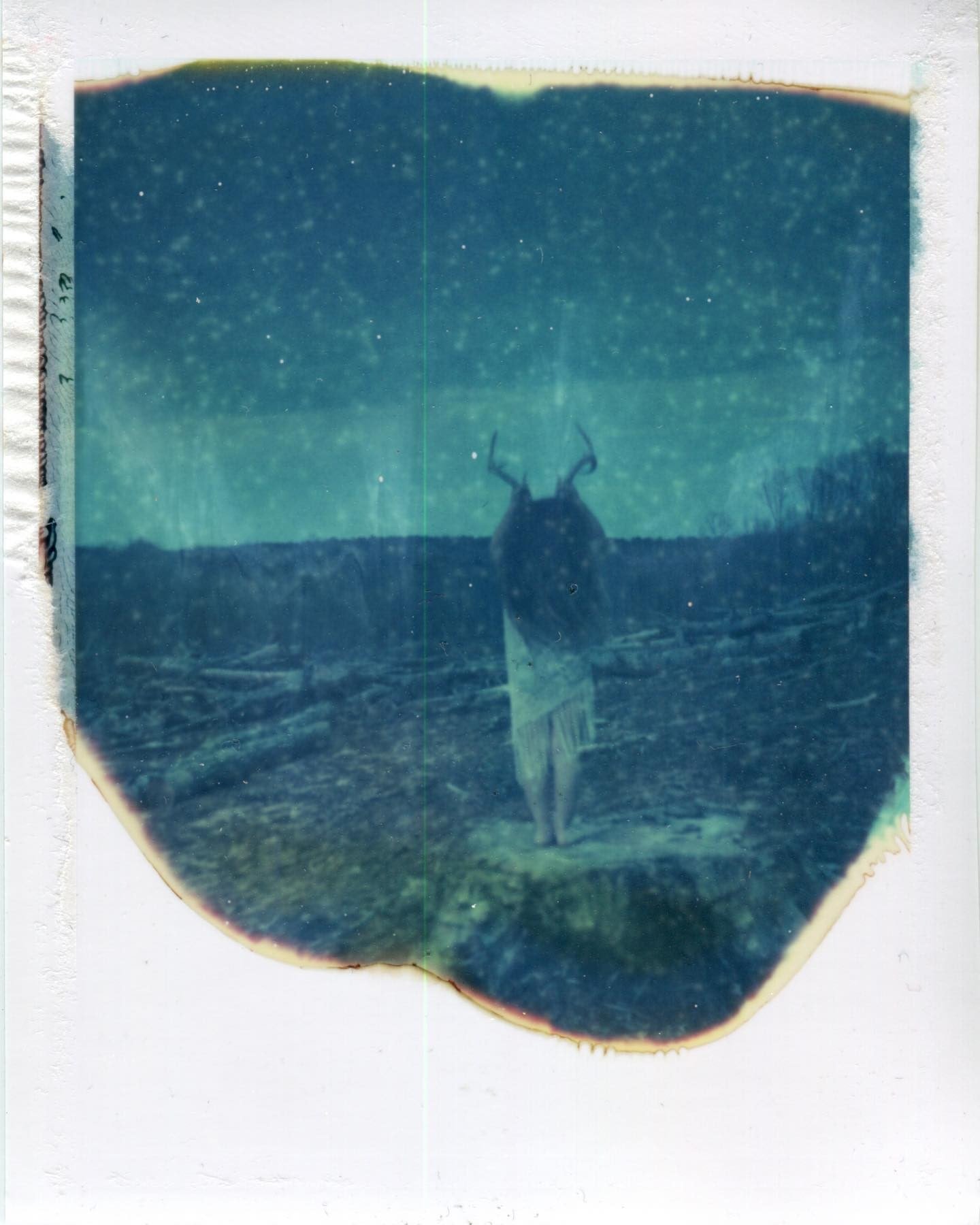Dear FSC friends, this is Urizen Freaza.
Polaroid Week and this roundup always make me think about what's so special about instant photography. The first time someone asked me why I shot polaroid, I didn't know what to reply. At the time analogue was supposed to be dead and all this stuff was hipster nonsense that people did to make themselves feel special. And this is what my friend thought I was doing. And I hated that. As one of those 'wit of the staircase' moments, I believe this is why I keep obsessively asking myself this question: 'why polaroid?' Even today. So next time I might have a better answer (at least better than none).
My answer today is: anticipation.
Apparently, research has shown that anticipating a holiday you are planning brings you more joy than remembering the actual holiday after it happened. If you think about it, it's not surprising at all. Happiness is in the waiting room to happiness, they say.
And well, there is for sure no anticipation in a digital snapshot, nor in any other aspect of modern life (I'm sounding here like I'm 100 years old). There's not even a split of a quantum of a moment between taking the shot, turning around whatever the screen, and seeing it. It means nothing. A polaroid #1. costs a fortune and #2. forces you to... *wait*.
Oh those agonizing minutes! It is work! Sweaty emotional work! Will something appear? Is it underexposed? What did I mess up this time? The focus, the framing? And that polaroid is not fully as you expected, it feels almost as if it never is! But sometimes, yes, just sometimes, it's better than you ever could have imagined.
That's magic, that's happiness.
Here's again a respectfully imperfect roundup of the photos tagged with #fscpolaroid on instagram during Spring Polaroid Week 2022. Please go check the artist's profiles, and if you like what you see, follow them and show them love. And most importantly, check out the Polaroid Week pool on Flickr, on Twitter, and on Instagram .
Connect
Urizen Freaza was born in Tenerife in 1982 and is since 2010 based in Berlin. He's a self-taught photographer and film-maker. Self-taught meaning that this is a path he's still walking, while hoping there is always more path to walk. He's a member of the Film Shooters Collective and part of the team behind the analogueNOW! festival in Berlin. See more of his work on his website and on Instagram.

